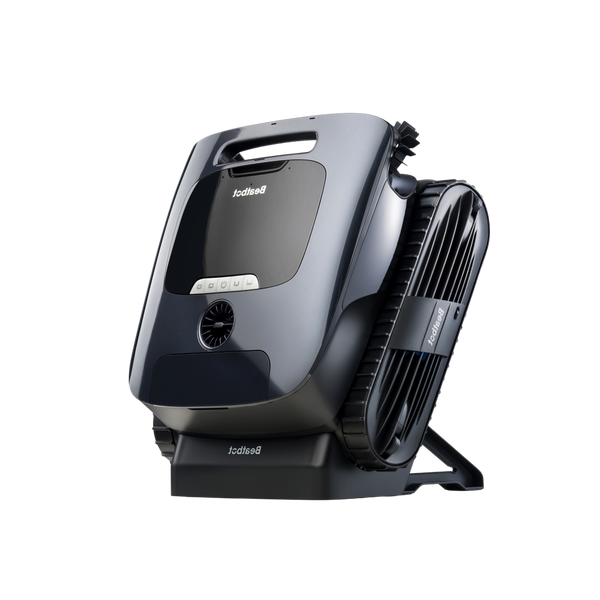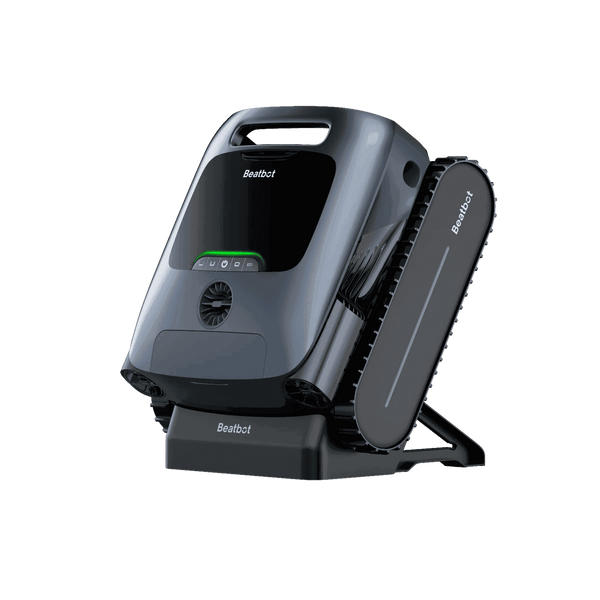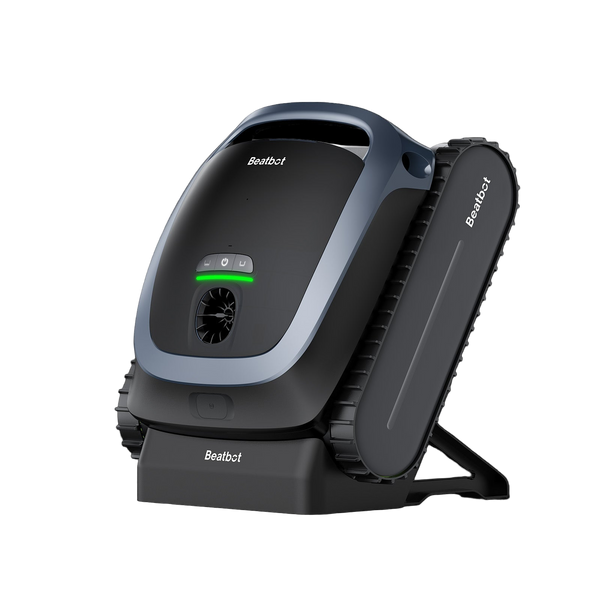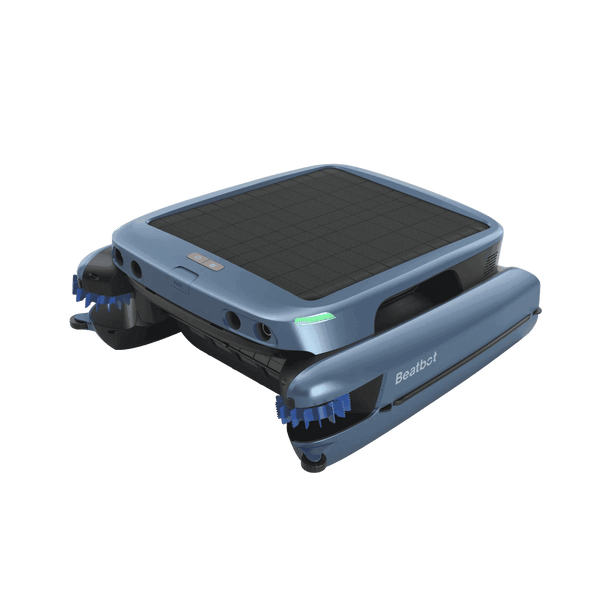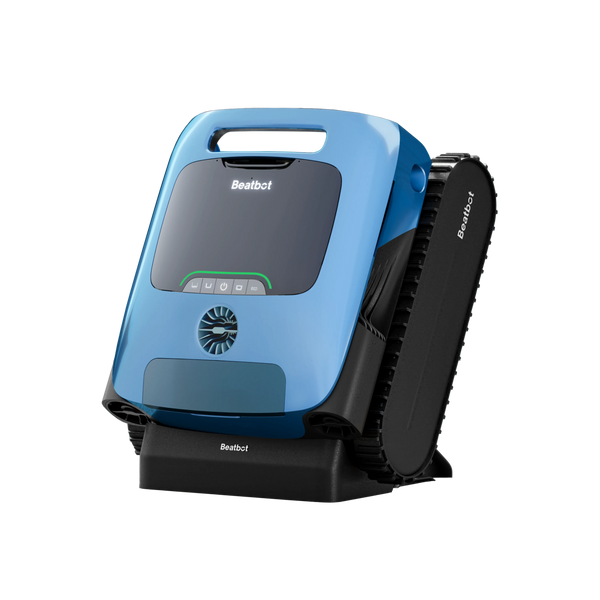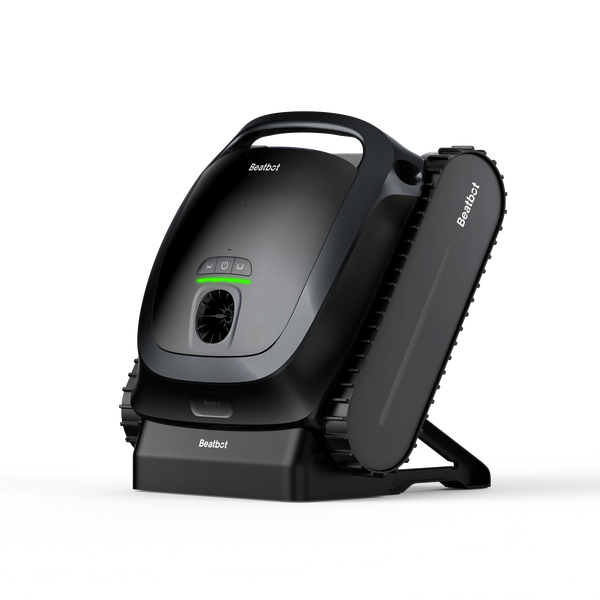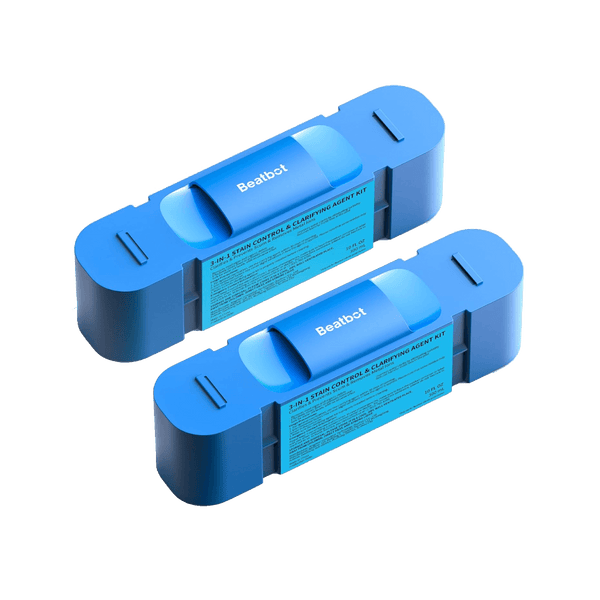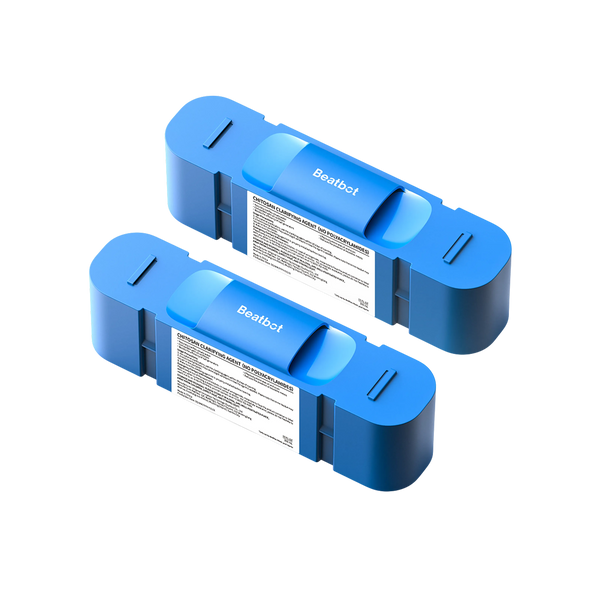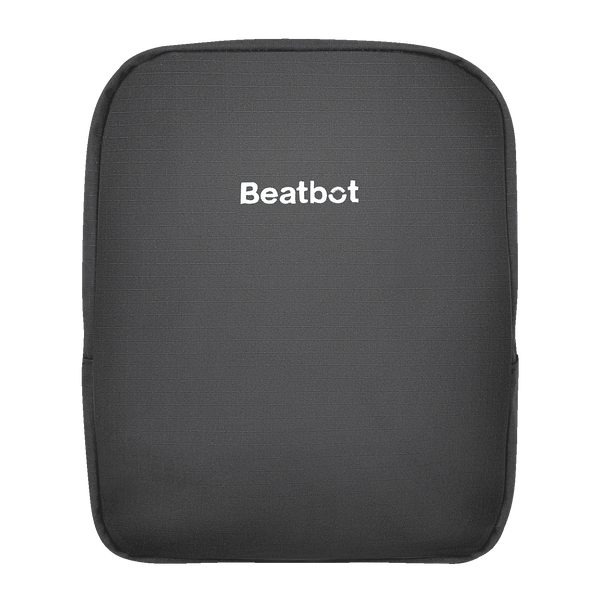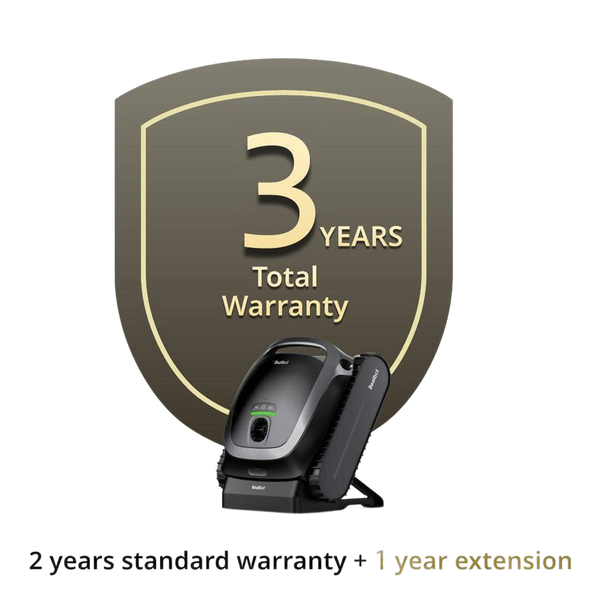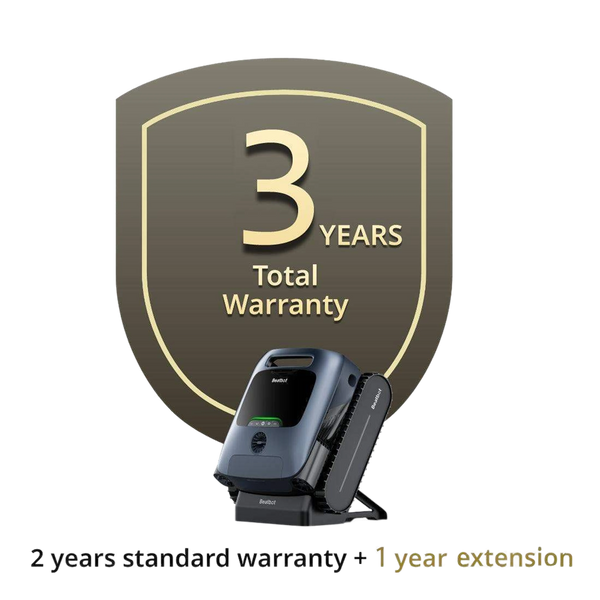Is a Robot Snowblower Worth It? Things You Should Consider Before Buying
On the surface, snow may appear quite harmless, but it's actually a stealthy intruder, ready to strand your car, transform sidewalks into ice-skating rinks, and even endanger the very foundation of your home.
It's not just a fleeting snowstorm; it's a significant threat. Snow and ice turn many surfaces into slippery hazards, dangerously increasing the risk of slips and falls for both the little ones and our older friends. Moreover, all that white stuff can obstruct your travel, causing quite a bit of inconvenience.
Table of content

The Perils of Snow: More Than Just Winter Troubles
The Dangers of Slip and Fall
You go out to winter wonderland, but these conditions make sidewalks and driveways slippery, increasing the likelihood of slips and falls that can cause significant injuries, fractures, etc. For our littlest and oldest family members, this is an essential concern because those ages are more susceptible to the worst of these kinds of tragic accidents. So when we ponder the perils of snow, maybe it is not really about the cold. It is about caring for one another and doing something to ensure that our cherished individuals are not harmed.
The Travel Considerations
The snow doesn't merely wrap up nature in a comforting duvet but also stifles commuters' comfortable sounds,because snow will affect our routine and make going to work or school challenging. Suppose we appreciate the visual aesthetics of a snowstorm from inside a comfortably heated home. But in that case, we will soon learn that this utopia does not extend to embracing the wet and muddy encumbrance of a snowstorm.
Foundation Damage
The seasons change, and the snow melts - you may think the worst has passed. However, that snow will melt and become water, producing mini floods in and around our yards. If we don't act quickly to manage this water, it will penetrate the ground and begin eroding the base of your home, giving you weakness to the foundation. It can also cause expensive repairs. So, when the snow begins to fly, remember the long term and protect your homes from the dangers lurking beneath the surface.
Methods of Post-Snow Cleanup
There is more than one way to dig out of the snow. Take the good old shovel as an example — solid tool that has survived through the winters of decades. It has to do with the rhythm of movement, the fresh air, and the wonderful feeling of a path cleared. However, when the flakes stack up, a snow blower can really come to the rescue, saving your back and clearing away what can otherwise be a herculean effort in short order.
And then there's the proactive, preemptive measures of salting and using specific ice melts before the snow even lands. It is like putting a protective coat on our sidewalk and driveway, so we do not have unwanted house guests by way of snow stuck in a frozen state.
But what if you, um, are not gonna do that? That's where advanced technology steps in. GPS tracking systems and automated plows are the modern sentries of our winter landscapes, working tirelessly to keep our paths clear and safe.
And what about the environment? Along with blazing our own trail, we are also considering the footprint of those trails in the world around us. Organic ice melts can be less aggressive and more environmentally friendly than salts, ensuring we can protect our streets while healing the earth.

The Future of Snow Removal
Snowblowers are essential tools for heavy snow weather, and they work just as their name suggests: they collect snow from the ground and blow it in a specific direction. You can direct the snow to any area you wish to prevent it from accumulating on driveways, sidewalks, and other areas that could inconvenience your life, ensuring clear passage and the safety of your home.
A robotic snowblower is an automated snow removal device that operates independently without direct human control, sparing you the backbreaking labor of shoveling snow. These devices are typically equipped with advanced navigation systems like LIDAR or GPS, allowing them to navigate complex snowy environments autonomously and sensors to detect and avoid obstacles.
Highlights of Snowblowers
Safety
Robotic snowblowers operate autonomously, making them usable even in harsh weather conditions for those with joint problems.
Low Emissions and Noise
Compared to traditional snowblowers that require hearing protection, robotic snowblowers are relatively quiet. Additionally, they run on batteries, producing no emissions and effectively reducing carbon footprints.
Ease of Use
Robotic snowblowers are user-friendly, easy to operate, and maintain, reducing the hassles associated with their use. For instance, with the Hanyang Snowbot S1, you simply place the three included beacons in the area you wish to clean and launch the accompanying app. The robot then generates a rectangular zone based on the beacons' positions and commences cleaning within that area.
Working Principle
Autonomous Driving Technology
Robotic snowblowers have a high degree of autonomy, using advanced sensors to detect objects and provide the precision needed to navigate your property, avoiding obstacles without continuous human supervision.
Power System
Most robotic snowblowers use lithium-ion batteries, which allow your machine to clear your driveway and parking area in one go, even in heavy snow conditions, balancing efficiency and battery life.
Intelligent Route Planning
With their smart brain system, robotic snowblowers can adjust routes in real-time, like Yarbo Snowblower S1. They accurately plan and execute paths to adapt to any unexpected situations, and traverse various terrains with minimal power for maximum snow removal effectiveness.
Factors To Consider Before Investing
Now, let's address those burning questions you might have.
If you reside in an area that barely ever views snow days after snow days, a snowblower may not be justified. But, if you live somewhere that receives 8 inches or more of snow each winter, you should absolutely consider a snowblower.
The engine size really depends on your personal needs. If you run it on smaller areas a 200cc engine is enough. You may opt for a 300cc engine for medium tasks and opt for a 400cc engine for larger tasks. Also, keep in mind that you want the snow to settle before you use a robotic snowblower to have the highest efficiency.
And yes, you could leave the snowblower outside, but if you are going to do it (and you probably will), you will need to find something with a wooden base ( like a double brush using 2×4 slats at 6 to 8 inch intervals) and cover the entire machine with a heavy plastic tarp to prevent rain from getting in.
Relative Blogs
About the author
